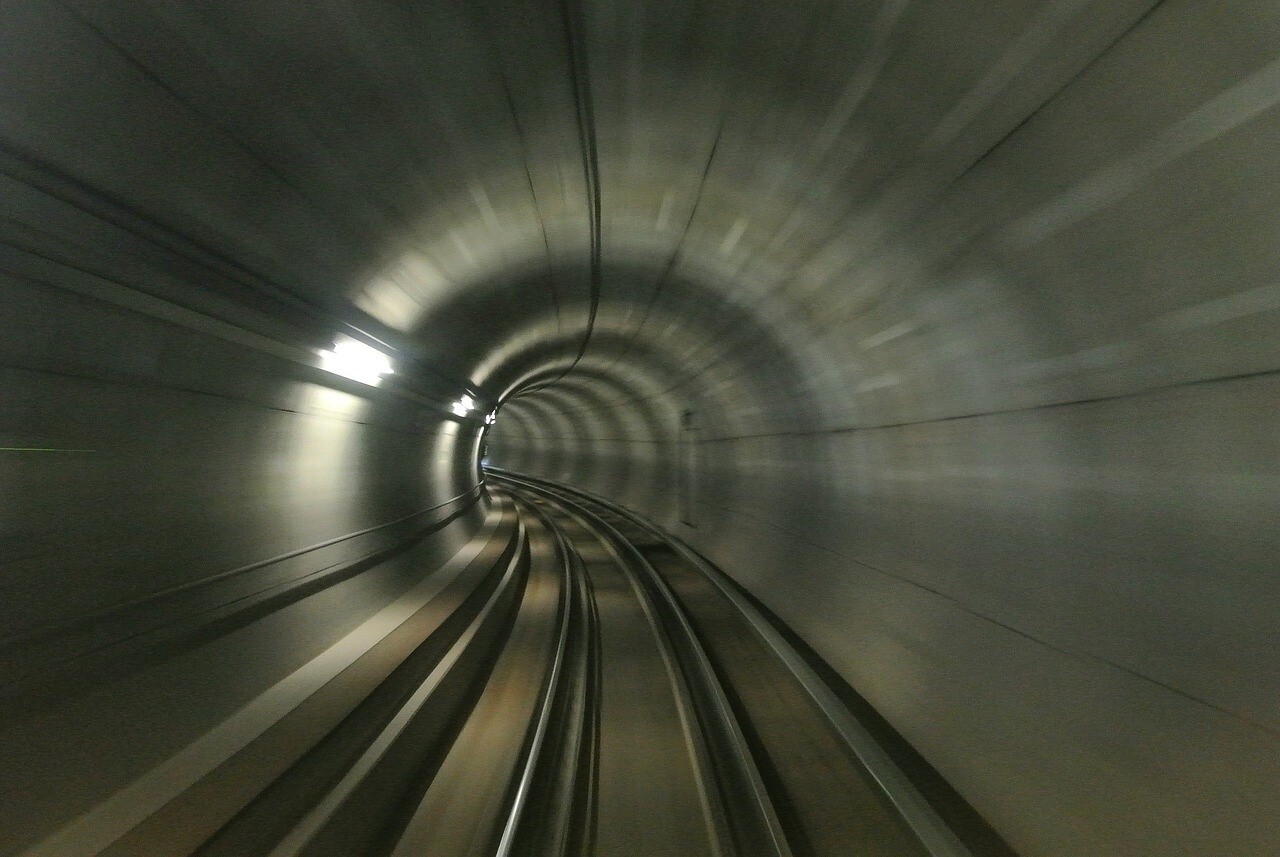

IIT Madras has become the nerve centre for Hyperloop development in India, igniting debates about when this futuristic mode of transport will be commercially available. Backed by L&T Technology Services, the institute has constructed a 500-metre-long test facility for its Hyperloop pod prototype, a design that has already made the cut for Elon Musk’s SpaceX.

Image for referential purposes only
Hyperloop technology, popularised by Musk, leverages electromagnetism to levitate a pod inside a near-vacuum tube, eliminating almost all resistance to movement. The result? An ultra-fast transportation system that could hit speeds of 1,200 km per hour, potentially revolutionising India’s railway landscape.
Concept and backstory
First introduced by Musk in a 2013 white paper, Hyperloop is an ultra-high-speed, solar-powered transport system designed for cargo and mass transit. It consists of steel tubes with magnetically levitated pods zipping through at speeds of up to 1,220 km per hour (760 miles per hour). By removing nearly all air from the tube, friction is dramatically reduced, making the system highly efficient.
In essence, Hyperloop operates like a Maglev train but with an added advantage: it doesn’t rely on a powered track. Instead, the pods have onboard propulsion, making the system more energy-efficient and cost-effective than traditional rail networks.
India has pulled up her socks
Union Minister Ashwini Vaishnaw recently visited IIT Madras’ Hyperloop test site, hailing it as Asia’s longest at 410 metres. Soon, it will be the world’s longest. “Longest Hyperloop tube in Asia (410 m) ... soon to be the world’s longest,” Vaishnaw posted on social media.
If Hyperloop becomes a reality, the impact on Indian travel times will be staggering. Imagine zipping from Mumbai to Pune in just 25 minutes instead of three hours. A seven-hour train ride from Bengaluru to Chennai could shrink to a mere 20 minutes. Even the busy Delhi-Mumbai air route could see a massive transformation, with travel times slashed to just 55 minutes.
India’s Hyperloop vs Japan’s Maglev
Japan’s famous Maglev bullet trains, the fastest in the world, are set to hit speeds of 600 km per hour. These futuristic trains use an electrodynamic suspension system (EDS) to levitate above tracks, eliminating friction and ensuring a smooth ride. The Shinkansen network has been operational since 1964, and Japan’s upcoming Maglev system is poised to redefine high-speed rail travel.
The technology behind Maglev relies on superconducting electromagnets. As the train speeds up, the magnetic force lifts it off the tracks by about 4 inches, eliminating wheel friction and allowing for ultra-fast, smooth journeys. However, unlike Maglev, Hyperloop pods do not require continuous track power, making them more energy-efficient.
 Image source: Reddit
Image source: Reddit
Train-building technology: challenges and costs
While Maglev trains eliminate friction, their biggest hurdle is infrastructure. They require an entirely new track system that cannot integrate with conventional railways. Additionally, they rely on rare-earth elements like scandium and yttrium, which are expensive to extract and refine.
Aluminium, on the other hand, is emerging as a key material for Hyperloop construction. According to Norsk Hydro, aluminium’s lightweight, high strength-to-weight ratio, and conductivity make it an ideal choice.
“The transportation of the future depends on the engineers of the future. We are delighted to help bright young students realise this advanced project looking into the development of Hyperloop transport systems using aluminium,” says Hilde Kallevig, Head of Brand and Marketing at Hydro.
Reality check: hype vs progress
Despite being a decade old, Hyperloop remains a work in progress. While several companies claim to be inching closer to commercialisation, the reality is far less certain. Hyperloop Transportation Technologies (HTT) has signed multiple deals worldwide, but Musk’s Boring Co., Virgin Hyperloop One, and Canadian startup TransPod are all in various stages of experimentation rather than implementation.
“It doesn’t feel like we’re getting any closer,” laments Jack Phillips, Head of Infrastructure and Mechanical Engineering at Texas Guadaloop. “Unfortunately, the sad reality ... is that Hyperloop is not just an engineering problem; it’s actually more so a political and social perception challenge.”
While India’s Hyperloop ambitions are impressive, the question of whether the technology can leap from testing to reality remains to be seen. But if it does, it could revolutionise travel in ways we can barely imagine today.



Responses






